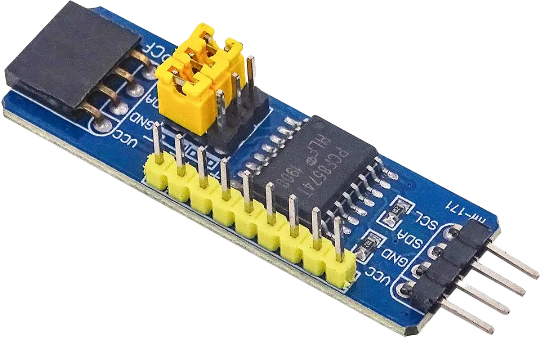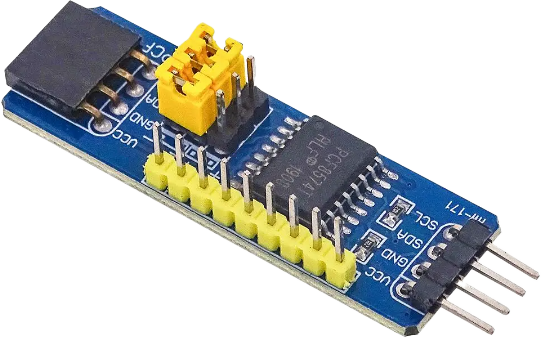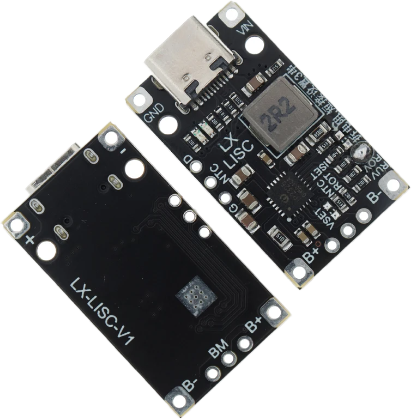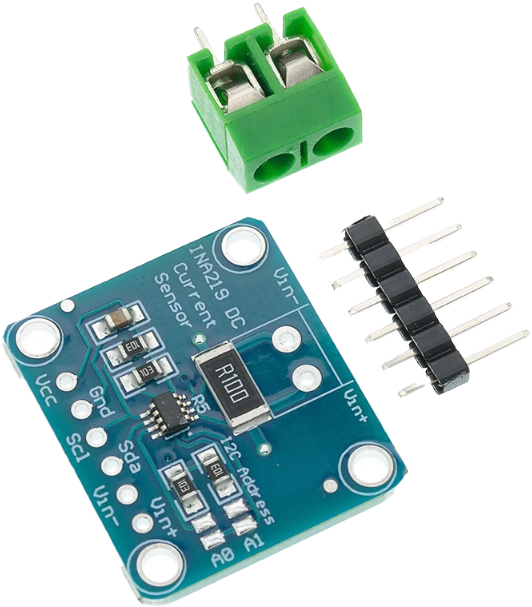

The PCF8574 is an IO expansion board that allows you to increase the number of digital input/output (I/O) pins available to your microcontroller or microprocessors such as your Arduino board. This board is often used in various electronic projects to interface with devices that require more I/O pins than are available on the main controller. Here's a description of the PCF8574 IO expansion board: Communication Protocol: The PCF8574 board typically communicates using the I2C (Inter-Integrated Circuit) protocol. This makes it easy to connect multiple devices to a single I2C bus, conserving microcontroller pins. I/O Ports: The PCF8574 board typically has 8 I/O ports, which can be independently configured as either input or output pins. These pins can be used to interface with various sensors, switches, LEDs, and other digital devices. Voltage Compatibility: The PCF8574 is compatible with both 3.3V and 5V systems, allowing you to interface it with microcontrollers operating at different voltage levels. Pull-Up Resistors: The board often includes pull-up resistors on each I/O pin. These resistors can simplify the connection of devices that use open-drain outputs. Addressing: Multiple PCF8574 boards can be connected to a single I2C bus by assigning different addresses to each board. This enables you to control a larger number of I/O pins. Use Cases: The PCF8574 board is commonly used to interface with components like buttons, switches, LEDs, relays, and other digital sensors. It helps expand the capabilities of microcontrollers with limited I/O pins. Software Libraries: Depending on the microcontroller platform you're using, there might be software libraries or drivers available that make it easier to communicate with the PCF8574 board. Integration: The PCF8574 board can be integrated into various projects, such as home automation systems, robotics, industrial control, and prototyping.

